After exploring the awesome Pueblo Mission Ruins of New Mexico, I made my way north into Colorado. The weather had warmed just enough to begin melting the thick snow that blanketed the land, transforming the dirt road that once functioned as Ludlow's main street into a muddy mess.
Despite the town's age, quite a few structures still stand. Others lie in heaps of stone and decaying wood. Several hundred yards from the intact buildings, a brick wall and chimney marks the site of a collapsed structure of unknown purpose.
A badly damaged piano with wooden keys is half-buried inside a partially collapsed structure.
Rusted equipment lies scattered throughout the property.
Melting snow dripped from the ceilings of the old buildings. I marveled that they had survived such an environment for over a hundred years without their wooden beams rotting and giving way.
Some, such as the old jail, were made of stone
..but even those sturdy walls had not all stood the test of time.
A dozen or so structures were still mostly intact. Among them were homes,
a restaurant and general store,
and a repair shop with several autos in serious disrepair.
As if to lend authenticity to the Old-West feel of the town, a train thundered by.
I headed south of Ludlow's main drag to get a closer look at the town's two abandoned single-room schoolhouses.
A fallen playground slide lay in the brush nearby.
Neither of the schoolhouses were in great shape, but one was particularly deteriorated. Its roof was coming apart and the ceiling inside had fallen in.
The other seemed to have held up better through the years and was being used to store bales of hay.
Between the buildings is an uncovered well.
Though a remote Colorado ghost town, Ludlow is famous for being the site of the 1914 Ludlow Massacre, a tragedy that had important lasting effects on the American labor movement.
Ludlow was a company town that belonged to Colorado Fuel and Iron. Owned by John D. Rockefeller, it was the largest coal operator in the west and one of the nation's most powerful corporations. Despite its wealth and power, the company exploited its employees and took heavy-handed measures to prevent them from organizing.
By housing its employees in a company town, CF&I held considerable control over all aspects of workers' lives. Curfews were imposed and armed guards patrolled the town to enforce them. Employees were paid in company scrip, a form of credit that could only be redeemed at the company-owned store, where prices were abnormally high.
Wages were determined by the amount of coal produced, while "dead work" such as repairing damaged roofs was often unpaid, causing workers to neglect safety precautions in order to earn more. The death rate in Colorado's mines rose to nearly double the national average. Not surprisingly, mines worked by union employees had 40% fewer deaths than nonunion mines across the US.
Many mine workers were immigrants who did not share a common language. CF&I's management used this to their advantage by assigning workers to teams with mixed nationalities so that they could not effectively communicate with one another and therefore could not unionize.
Workers became fed up with CF&I's mistreatment and eventually turned to the United Mine Workers of America for help. They presented the company with a list of demands, which included recognition of collective bargaining power, an eight-hour workday, enforcement of Colorado's safety laws, and fair pay in legal currency instead of company scrip.
The demands were rejected and UMWA called a strike in September 1913. Strikers were immediately evicted from their company homes. Fortunately the UMWA had prepared for this by building a tent village where the evicted employees could live.
CF&I hired the Baldwin–Felts Detective Agency, who had a violent reputation as strike-breakers, to intimidate strikers and protect replacement workers. They patrolled the camp's perimeter in an armored car called the "Death Special", which was mounted with a machine gun. Occasionally they fired into the tents of striking workers, who responded by digging pits beneath their tents for their families to hide inside.
In response to increasing violence, the National Guard was called in. Guard leaders sided with the company management. After a replacement worker was found dead, the National Guard attacked the tent colony, intending to destroy it.
During the attack, two women and eleven children became trapped in a pit beneath a tent that was set on fire and suffocated. These deaths galvanized the UMWA, who dubbed the attack the "Ludlow Massacre." Fighting spread to the mines and continued for ten days, resulting in at least 50 deaths, finally ending after President Woodrow Wilson sent in Federal troops.
The UMWA finally ran out of money, and called off the strike on December 10, 1914.
Despite its failure, the strike had a lasting impact on conditions in Colorado mines and on labor relations across the US. As a result of major public backlash, Rockefeller hired a labor relations expert to help develop positive reforms within his company.
The UMWA bought the site of the Ludlow tent colony in 1916 and built a memorial for those who died during the strike. On January 16, 2009, the memorial was declared a U.S. National Historic Landmark.
The Ludlow Massacre inspired the novel King Coal by Upton Sinclair and several popular songs, including "Ludlow Massacre" by Woody Guthrie, "Ludlow" by Jason Boland, and "The Monument (Lest We Forget)" by Andy Irvine.
Support for unions reached an all-time high in the nineteen-thirties, but has since seen a major decline in the decades since, especially a steep decrease following the 2008 recession. Apparently the American public has forgotten how important unions were in shaping the labor laws and practices that we take for granted nowadays.
A study by the US Department of Labor shows that union employees earn up to 33% more than nonunion employees in the same field. Union employees also enjoy increased job security and safer and higher-quality working conditions. Rising income inequality in the US has been shown to correlate with the decline of the labor movement and union membership.
After exploring the ghost town I stopped at the historical monument and tossed a few dollars into the donation box, grateful for the sacrifices the strikers made a hundred years ago.
The "Death Pit" in which the women and children died:
With daylight fading from the sky, I continued northward. I had enough time to explore one more ghost town before nightfall.
Thanks for checking out this article. If you enjoyed it, please feel free to share it on Facebook. While you're at it, please subscribe to Places That Were and follow me on my social media sites:
Facebook: http://www.facebook.com/placesthatwere
Google+: https://plus.google.com/u/0/+JimSullivanPlacesThatWere/posts
EyeEm: https://www.eyeem.com/u/placesthatwere
flickr: https://www.flickr.com/photos/placesthatwere/
Twitter: https://twitter.com/placesthatwere/
Youtube: https://www.youtube.com/jimplicit
Instagram: http://instagram.com/theplacesthatwere
Tumblr: http://placesthatwere.tumblr.com/
Thank you!

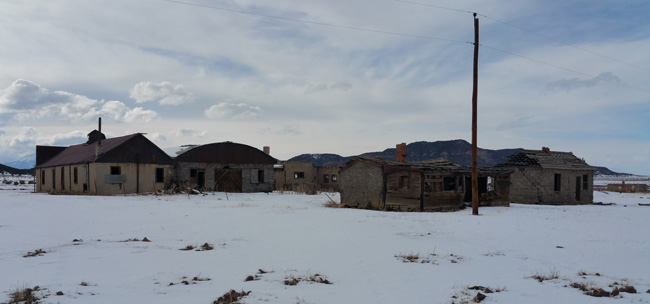
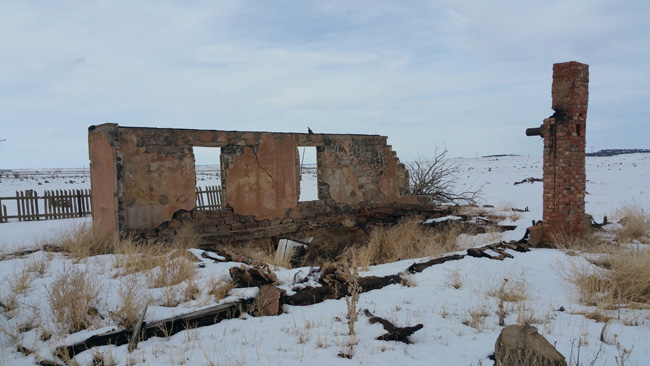











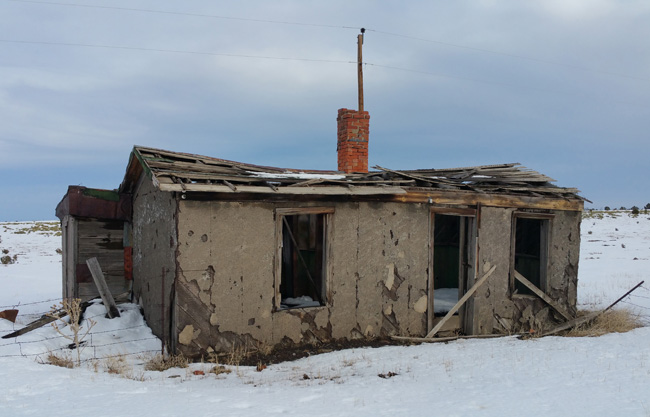
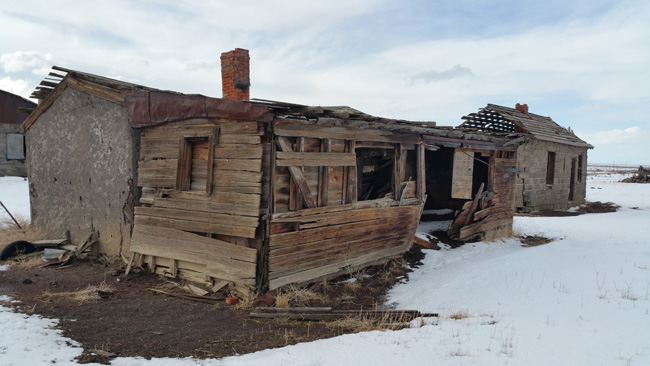


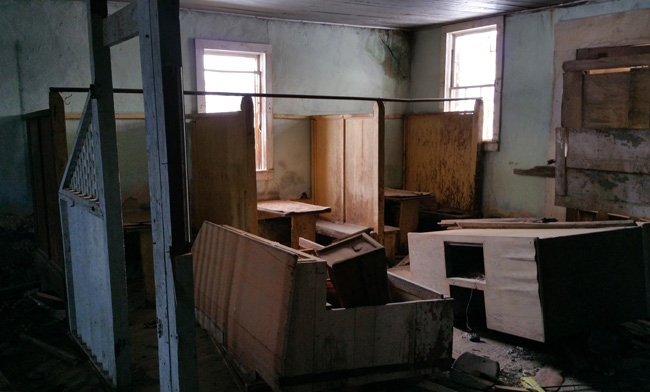
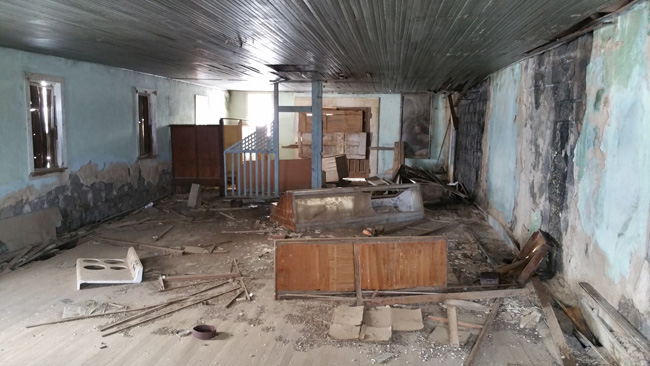


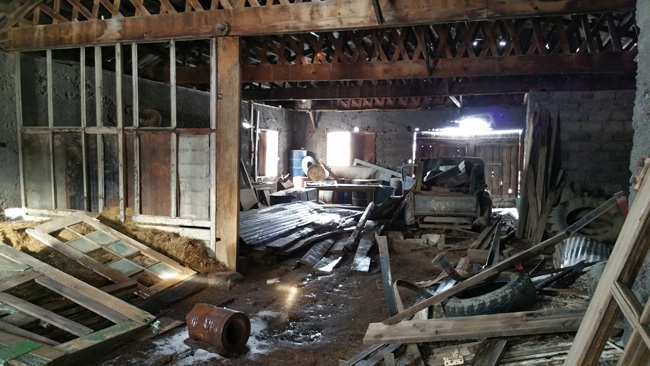






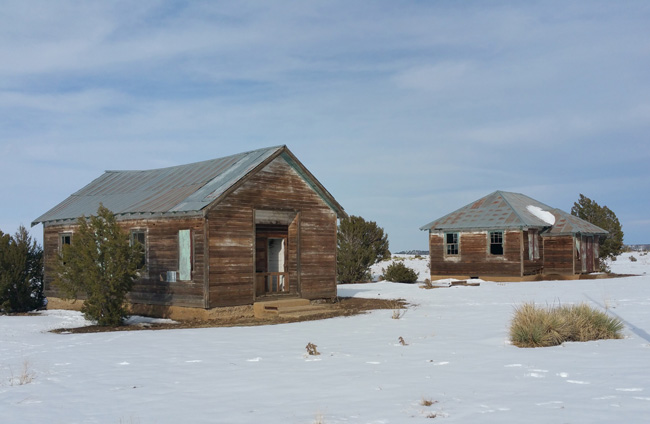










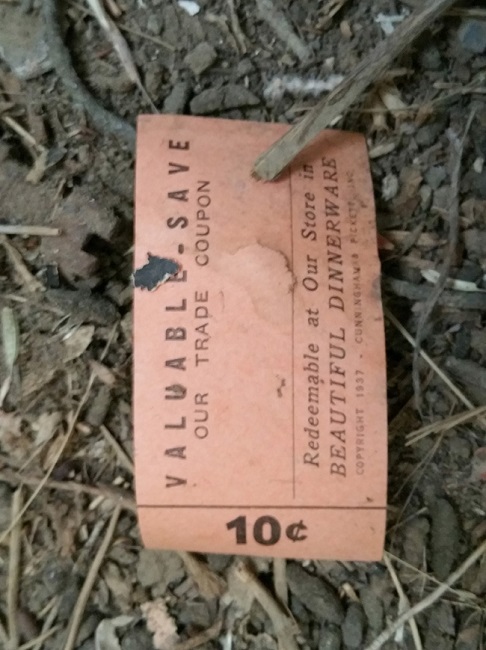


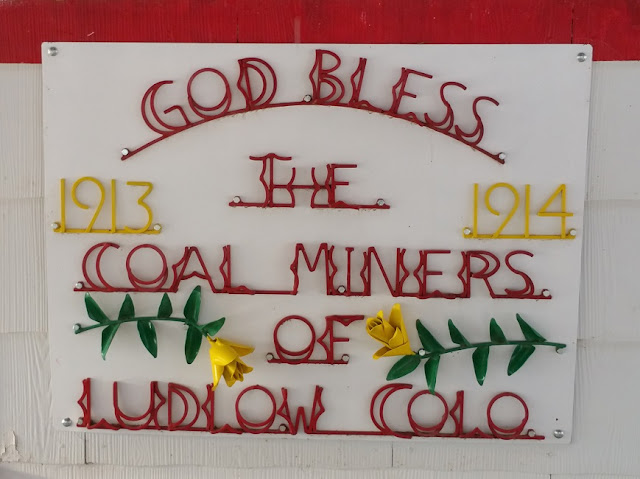
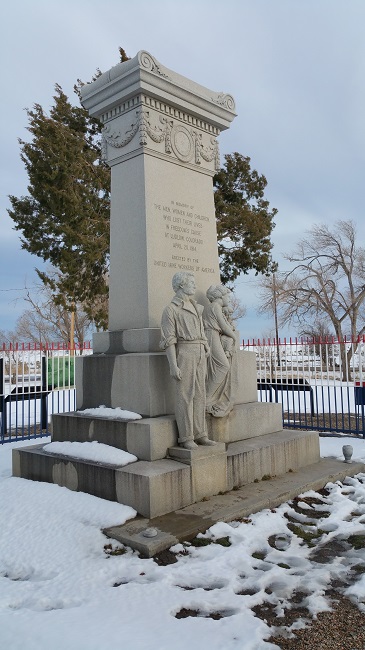
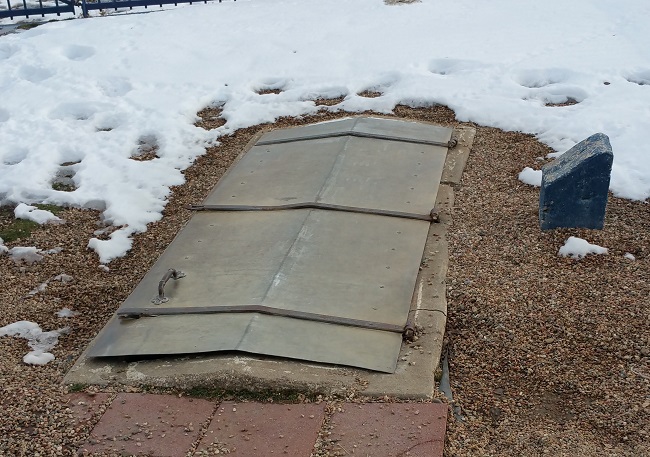


What an incredible tour and history. I know hubby will be drooling over the vehicles left behind. How neat!
ReplyDeleteThank you. I was surprised those vehicles were still there. Someone really needs to restore them.
DeleteAmazing story; one I've never heard. Thank you!
ReplyDeleteI was amazed I hadn't heard the story either. It was such an important moment in the labor movement.
DeleteMy family comes from this area during the strike and massacre. Great historical context that is hard to find on other websites summarized, and fantastic detail on the structures remaining. My great-great grandfather lived a few miles north of Ludlow on his homestead during the massacre, and his son (my great-grandpa) was a teenager working in a mine nearby when the strikes occurred. My great-grandpa became the first president of the UMWA in Trinidad, and a chairman and president of the Colorado UMWA in his lifetime, after his friends were killed in Ludlow, and the Hastings Mine Explosion a few years later. He designed and commissioned the Ludlow Monument, and was its caretaker from its construction until his death in 1954. Just found your website, and love it!
ReplyDeleteYour great grandpa sounds like an extraordinary man who improved the lives of countless people. His friends who died would have been glad to know that their deaths motivated him to make the world a better place.
DeleteThank you for checking out my website. I'm glad you're enjoying it!
My grandmother was living in Ludlow when the massacre happened, she was 14 and met my grandfather there, it must have been horrible for them, my e mail is razz6701@earthlink.net, Patty Rasmussen
DeleteI went by Ludlow yesterday, and sadly the jail front wall has collapsed, and the roof is slowly collapsing. The schoolhouse in bad shape, the roof and one wall have also collapsed. Some of the homes have started to lean severely, too. Thank you again for your excellent photos and information.
DeletePatty and J.S. I am very interested in Ludlow, and have read several books on the topic, and heard from some of the survivors. I have a weird question that doesn't have much to do with it: Do you know anything at all about the building that had the piano? I was thinking about the musicians at the camp, especially a singer named Hannah Thomas. I believe that she left after the strike ended (some didn't, I was surprised to find) and I was wondering about how they might have used music to pass the time, and to keep their spirits up.
DeleteI stumbled upon your site, looking up at the town of Baker of all things, and have become addicted. I'm a history nerd, so this is feeding my habit like crazy! You do a a fantastic job documenting your journey as well as telling the stories as best you know them. I love to travel, and while I'm not quite as adventurous you i.e. climbing in a window, or up on a roof of an old falling apart building, there are some places that I have now added to my ever growing list of places to go and see, the town of Ludlow being one. Thank you! And fantastic job sharing this story by the way!
ReplyDeleteThank you! I love that you're addicted to the site :). You should definitely check out Ludlow when you get the chance.
DeleteMy dad and I stumbled across Ludlow on a road trip home from my sister's wedding in Denver close to 30 years ago.
ReplyDeleteWe opted to take the longer, more scenic route back to Oklahoma City through Raton Pass than repeat the famously tedious and banal Kansas landscape.
I wanted to get out and stretch my legs a bit, and it just happened to be that the first exit we came to took us us to Ludlow.
Neither of us had even heard of the massacre and were fascinated by this monument/memorial out here in the middle of nowhere.
Long story short, we wound up investigating the ghost town as well.
There was a lot more debris around the site then.
What intrigued us the most was a room full of shoes that were haphazardly lined up in pairs, and arranged in a way that suggested people had taken them off to engage in some kind of event you would be barefoot for.
This was in the back room of one of the buildings and there was a structure like a fireplace with a chimney out back behind it.
That area by the chimney structure was littered with very old empty bottles and some mason style jars, along with some bits of animal teeth and bone fragments. We guessed they were from pigs by the look of them.
We didn't see a single person the whole time we were there.
Not a footprint or a tire track anywhere.
Very strange and creepy experience overall but an experience that has stuck with me vividly all this time.
And for what it's worth, the original head on the memorial statue looked much better than the new one they used for repairs.
Thanks very much for these pictures.
It's great to see what still stands out there